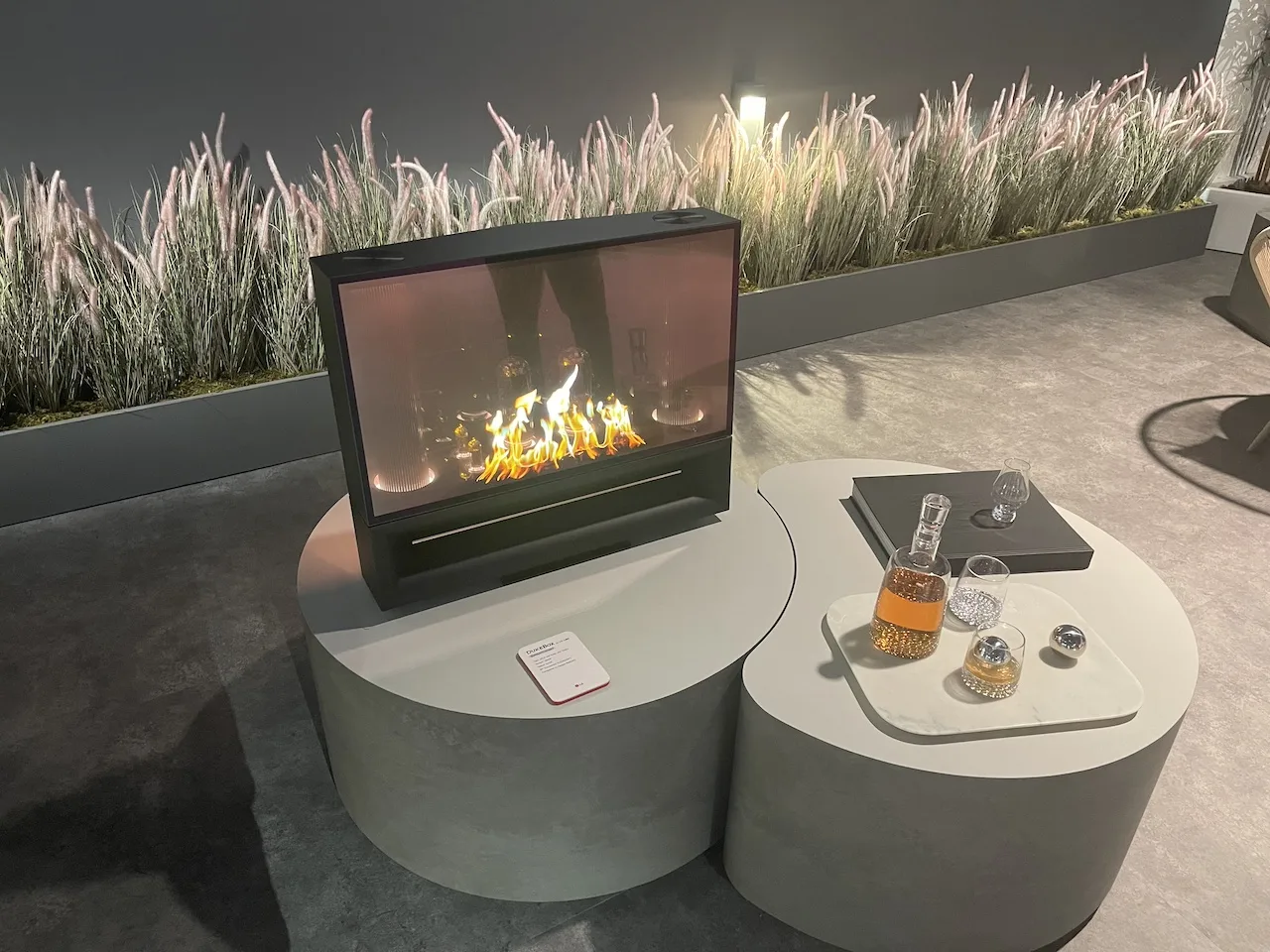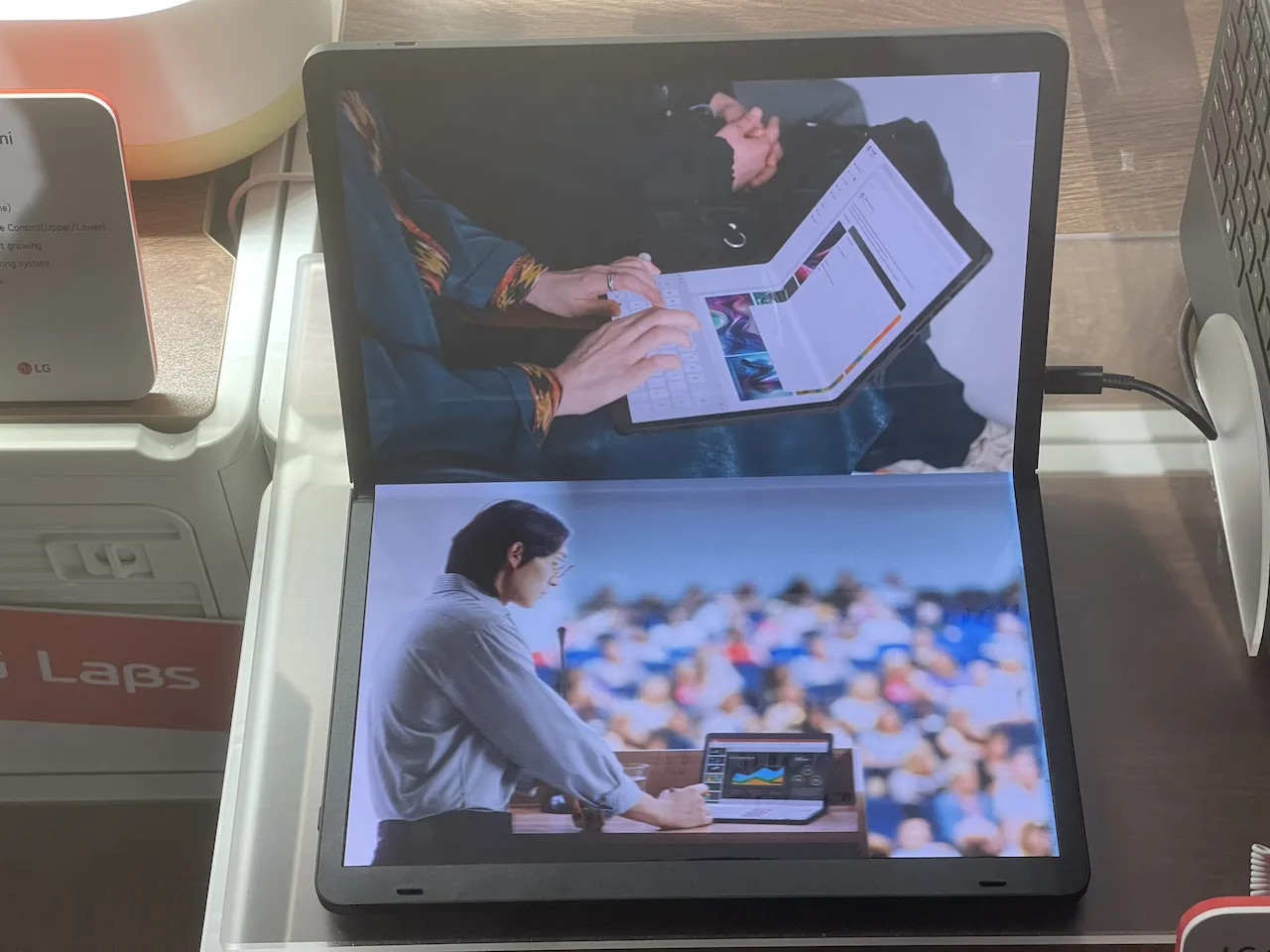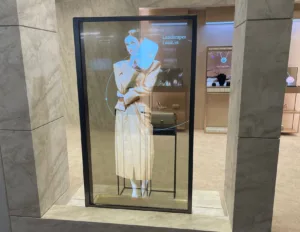At CES 2024, the gist of LG’s pitch was how its steady OLED technology improvements continuously raise expectations on what self-emitting displays can ultimately achieve – promising to keep pioneering new display frontiers across the broadest range of screen sizes and device categories aligned with values like sustainability and transparency.
You could have been mistaken for thinking that OLEDs were having to argue their case vigorously against MiniLED backlit LCDs the way LG hammered away at it. From the miles of blogs, YouTube videos, and social media posts, I think the concerted effort paid off, with the tech press leaning towards WOLED gaming monitors, and the rest of the press leaning towards transparent and wireless TVs. I am not sure that we learned anything new about anything, but we did get to see some products that have already made the rounds in Asia, and heard the coalescing pitch for LG’s displays over the coming year.

LG calls its latest OLED technology Meta 2.0 showcasing it throughout their private suite. For TV displays, this new Meta 2.0 boosts peak brightness dramatically to 3000 nits, a 42% increase over last year’s models. The brightness improvements come from optimizing the lens design to maximize light output, along with newly developed luminance and image quality algorithms applied across the entire screen. Color brightness has also been boosted by 114% to 1500 nits.
In the same vein, LG touted its Meta gaming OLEDs with extremely fast response times and 480Hz refresh rates, inculding the bending 45″ model below, with perfect blacks and HDR. Larger professional Ultra HD OLED monitors are also in development.
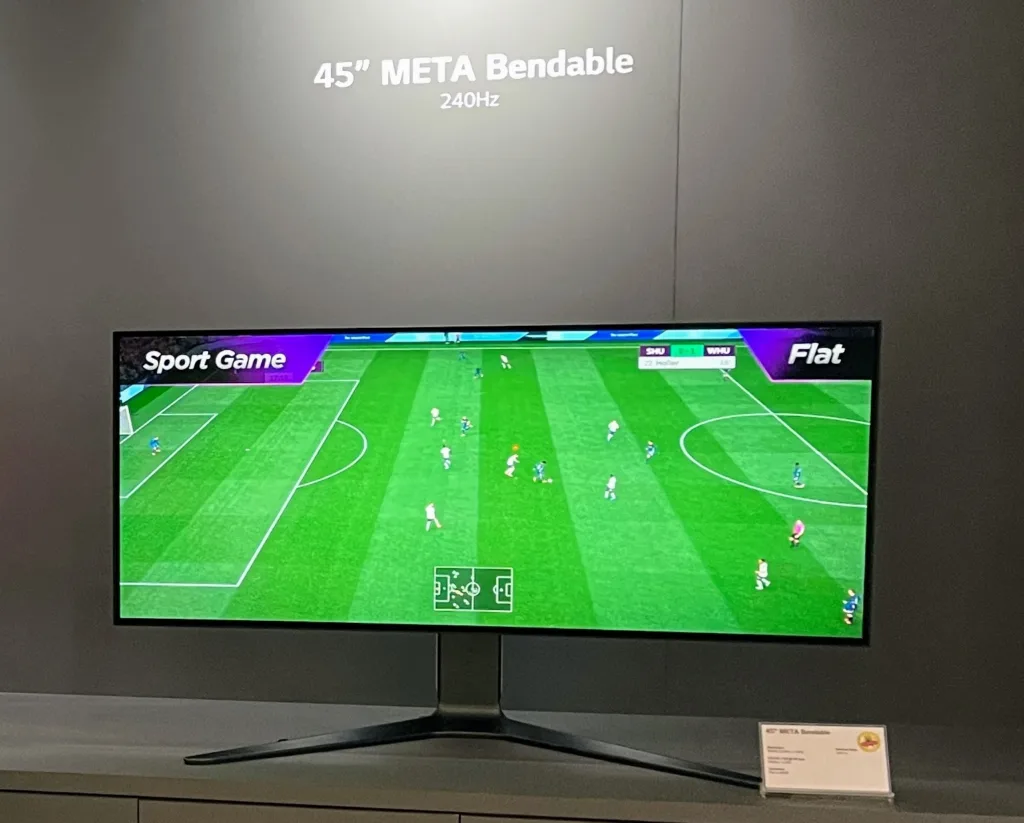
Where LG really takes its OLED technology to the next level is in transparent displays. And boy, did the company go to town. Here’s the booth magnet at CES 2024, a bank of transparent displays. I stood through a couple of iterations of the demo and, it may be anecdotal, but I wouldn’t bet against this being the best display demo at the show, by a long way. It had the wow factor.
The fact of the matter is that transparent displays are very impressive and eye catching so, there’s good reason to promote their use in a retail setting, as they did in their private meetings below.

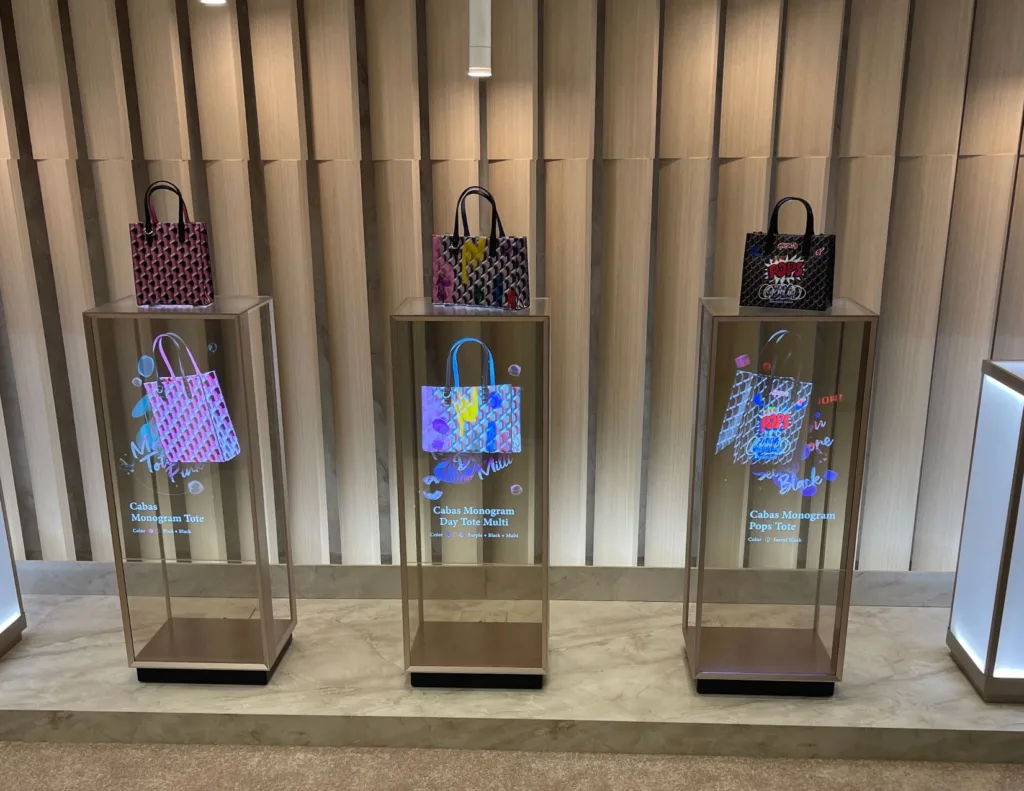
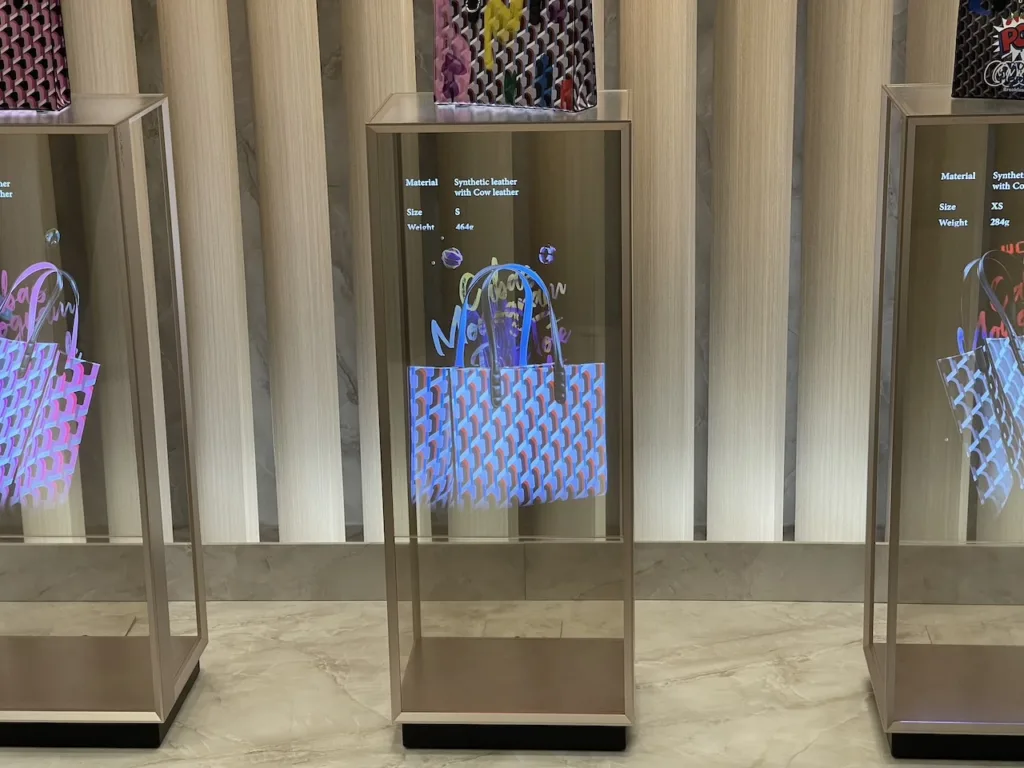
However, up and close personal, other than the curiosity factor, it’s a transparent display so it looks like a washed out display. How could it not?
It makes total sense to use transparent displays in retail, but you really need to have eyepopping colors and solid images to compare and contrast with the background. They have wow factor on instantly meeting them, but transparent displays will get really old unless they are approached with a whole new aesthetic.
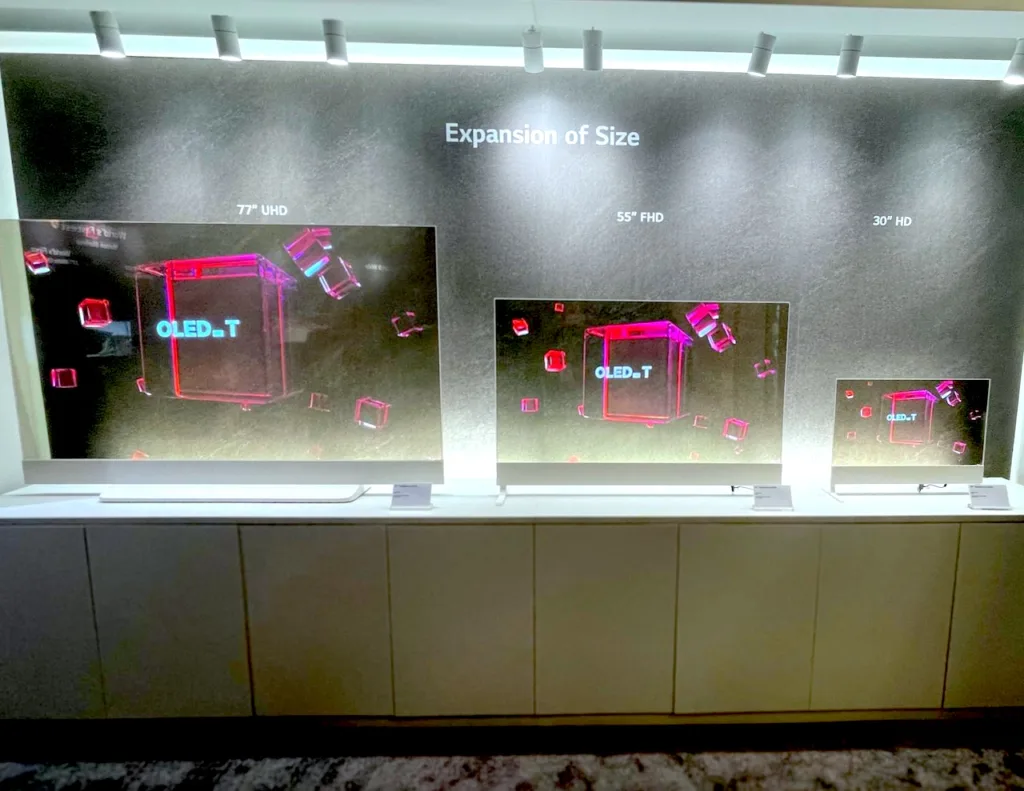
So, you can’t really fill the transparent display with blacks or bright whites, for that matter. The simple solution would be to have a black backplane roll up and down, as it does for this demo of LG’s transparent TVs below. For people who don’t watch TV but like to have expensive things, this is going to be a must have.
Why not a transparent TV? Transparency stops people in their tracks. Costs and the learning curve for how to design images and video for them means that we are probably years away from the mainstream but I have feeling that the impulse to get in on the technology will create its own demand curve.
Something else that is a few years away from the mainstream is MicroLED TVs. Not that it stops anyone from making giant ones and pricing them at hundreds of thousands of dollars. As an exercise in yes-we-can-ism they are interesting. As alternative lighting sources to the sun in your living room, they are close enough in brightness, but as pure TVs, they’re like giant billboards who lost their way. They’re ego trips for the marketing department at the display companies. Maybe? There are better ways to advance the cause of MicroLED displays and these TVs don’t impress. They just burn through your cornea.
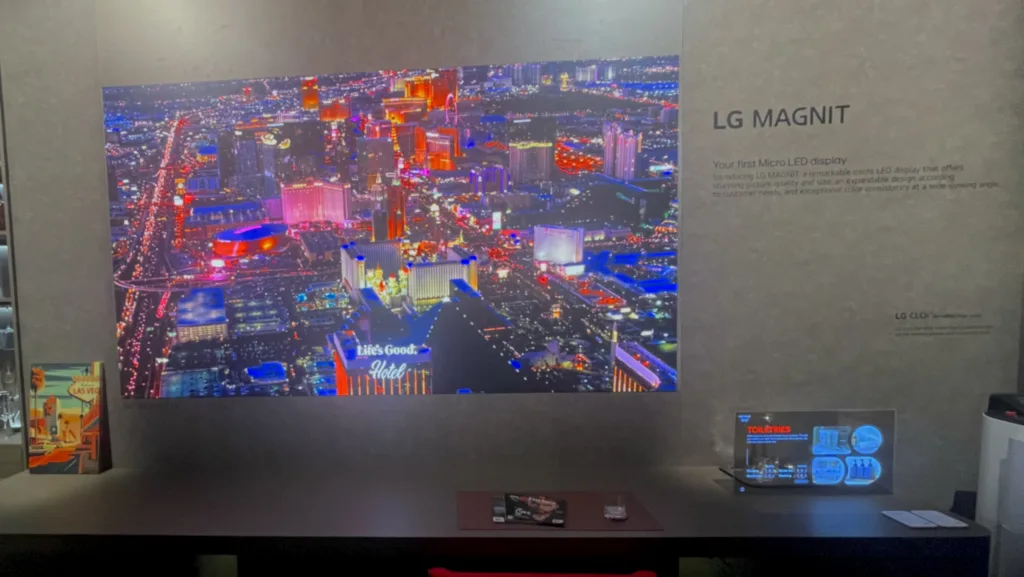
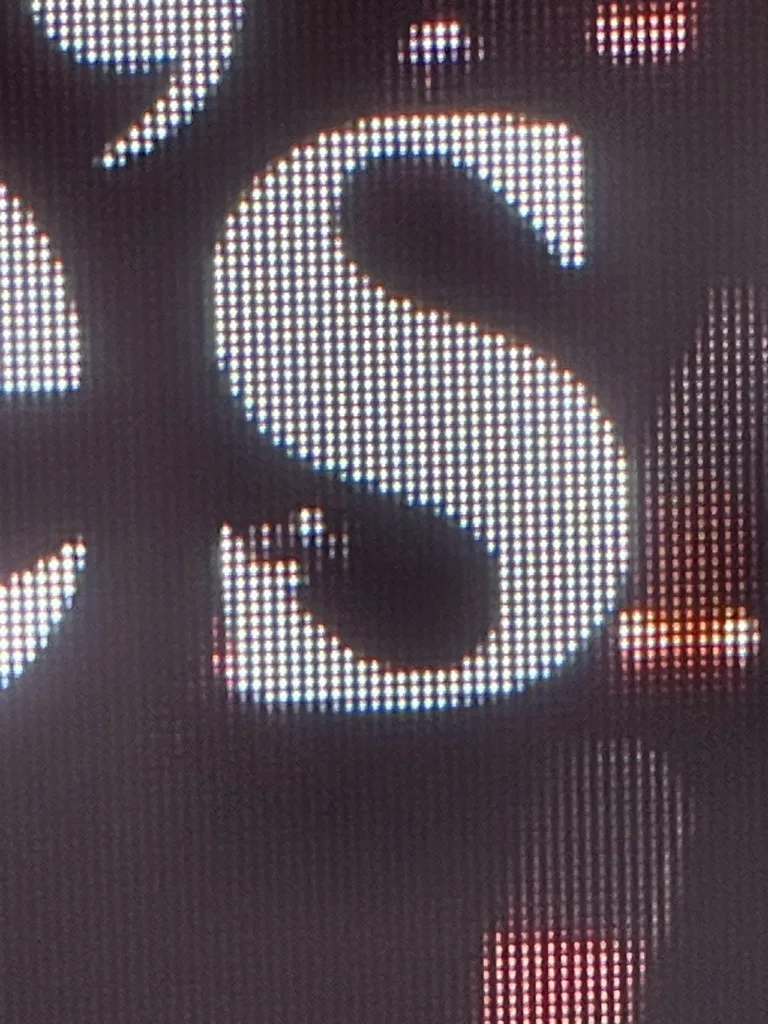
So, let’s summarize what LG did other than take a position on transparent displays as a marketing lead, in the same way that Samsung did its thing on MicroLED and its semiconductor prowess to back it up.
I am pretty sure that my read is not everyone else’s read on LG. Most people may see it as a show gimmick, all that transparent display stuff, but I see it as a foundation technology advantage. For most of the influencers and analysts, it was LG’s wireless Signature M OLED TV. It’s actually a semi-wireless TV because you still need a big ugly black box to act as a wireless portal for all the things that wires used to do so, it’s still hampered by this carbuncle.
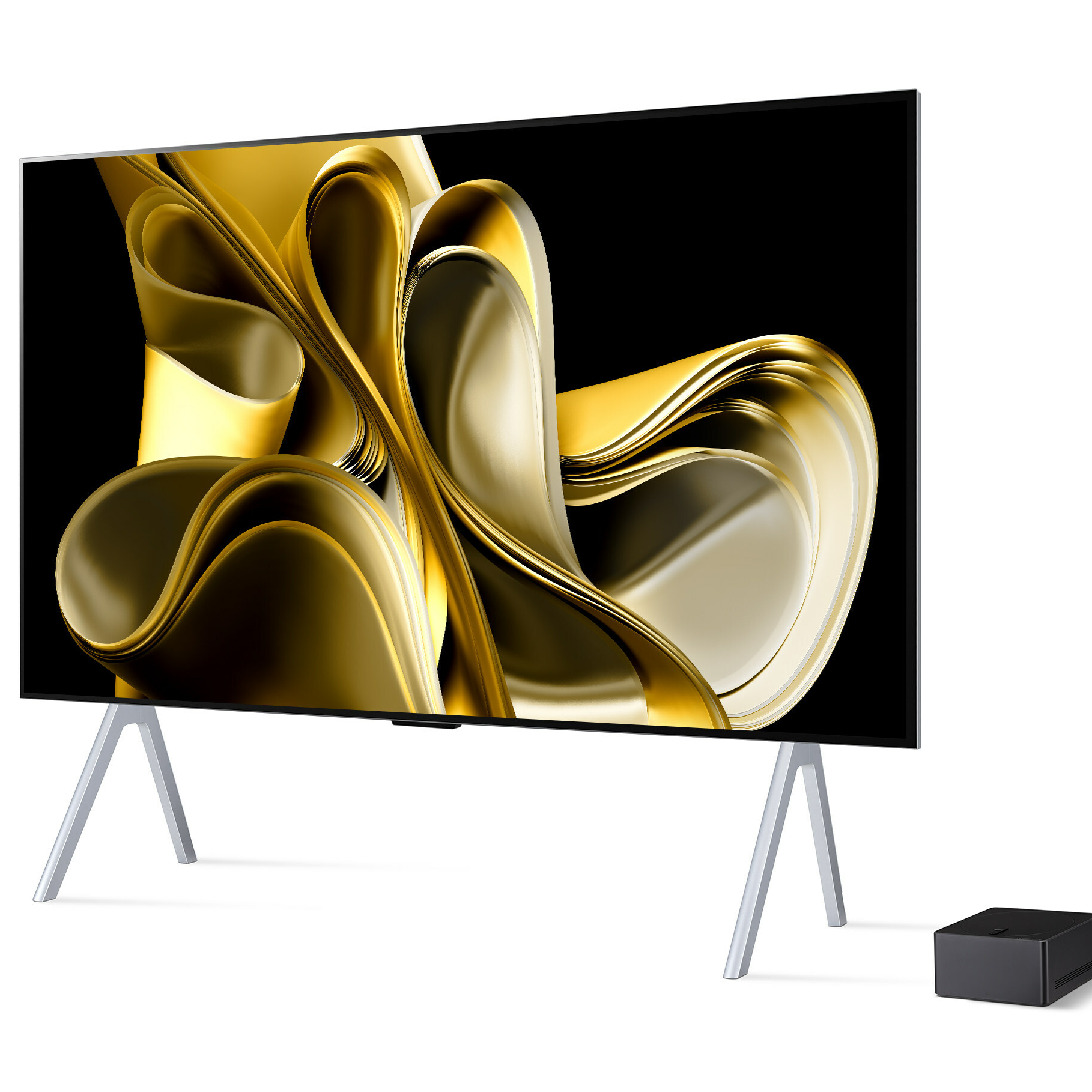
LG also had home appliances and laptops and robots on show. We had covered LG’s fireplace transparent display and suitcase display before, having been promoted in Korea, and they got a little showing at CES 2024, too. I have to admit, the suitcases display is appealing. It may be totally impractical because I don’t think anyone is every that desperate to have a display with them on the road, but it is cute.
